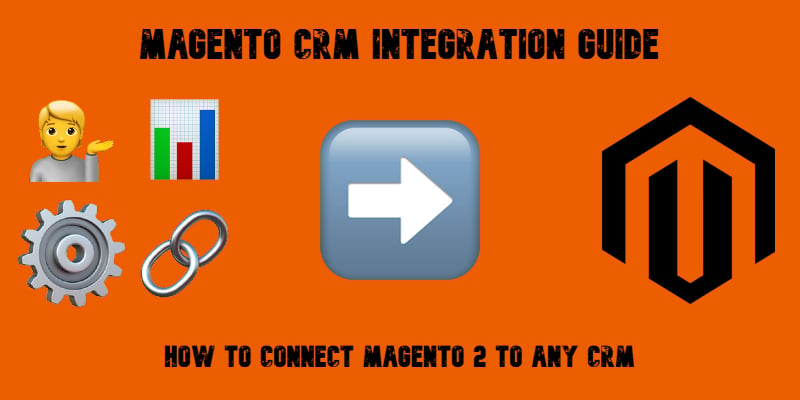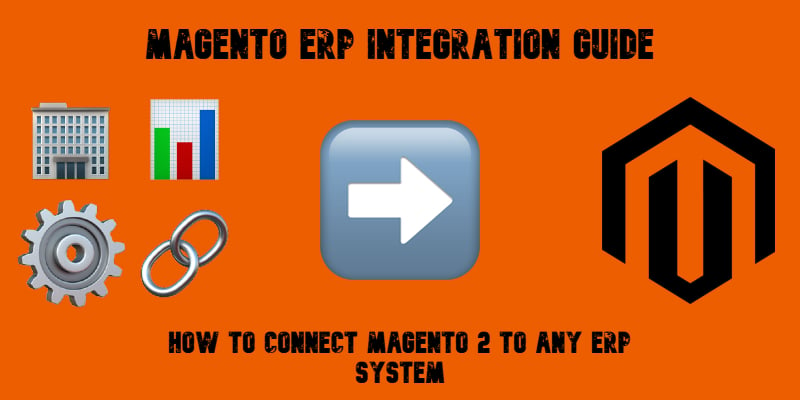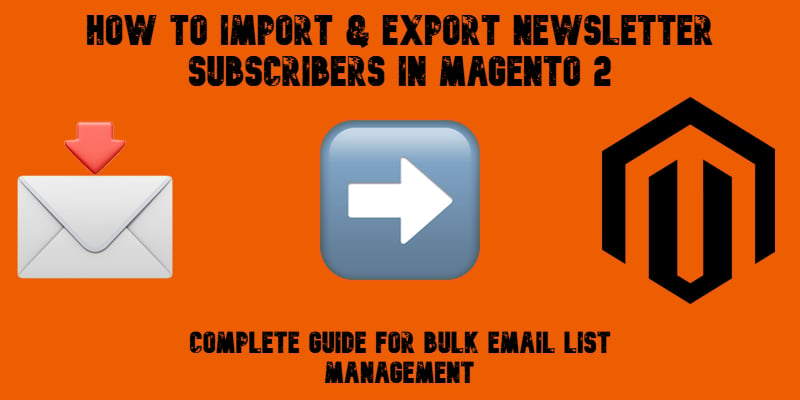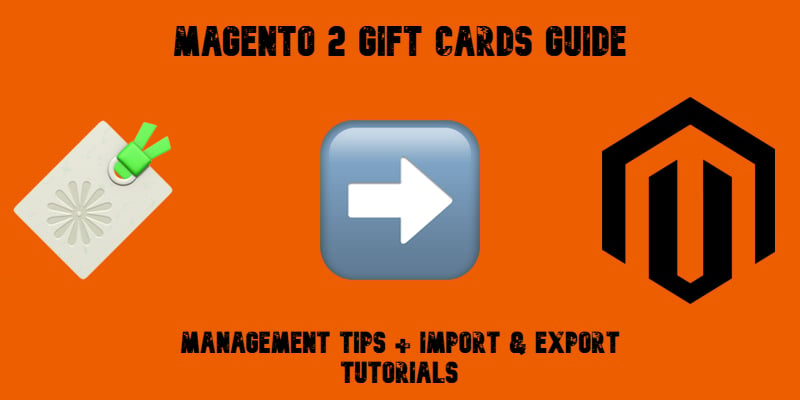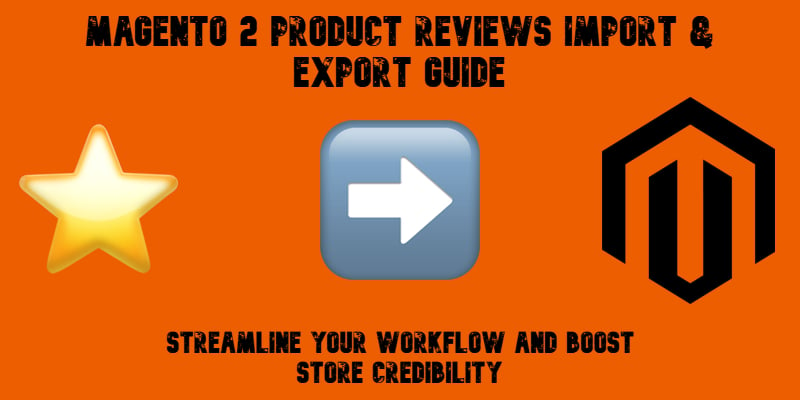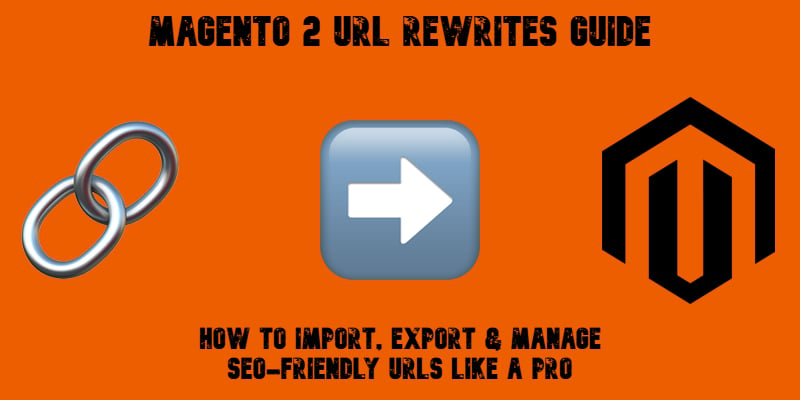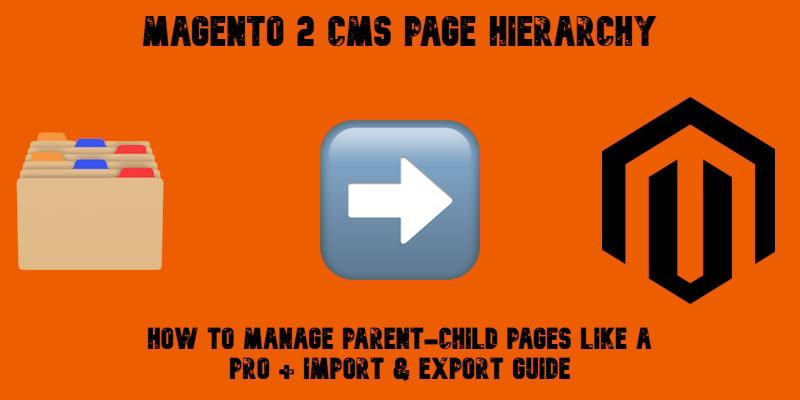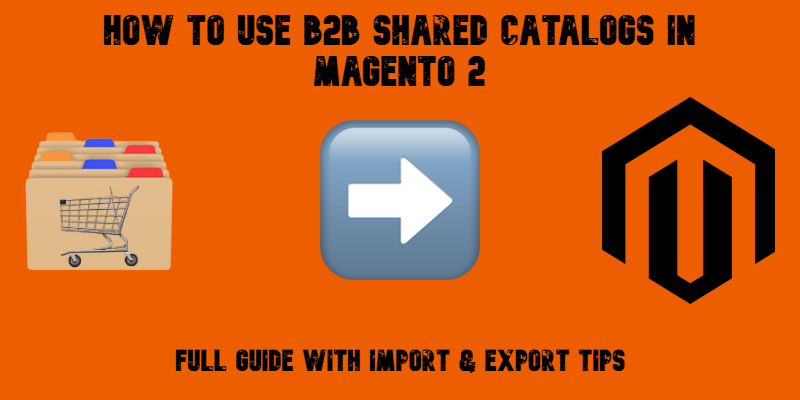Magento Accounting Integration: How to Connect Magento 2 to Any Accounting Software in 2025
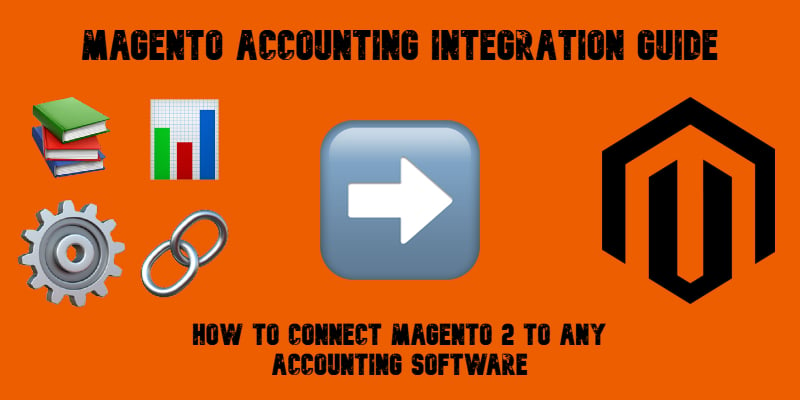
Managing a Magento 2 store isn’t only about products and customers — it’s also about keeping finances accurate, taxes compliant, and books balanced. That’s where Magento accounting integration comes in. By connecting your online store with powerful accounting software such as QuickBooks, Xero, FreshBooks, or Sage, you can automate bookkeeping, streamline invoicing, and eliminate error-prone manual entries. Instead of exporting spreadsheets and reconciling numbers by hand, automated accounting for Magento ensures every order, invoice, refund, and tax calculation flows directly into your accounting system in real time. This approach not only saves hours of repetitive work but also gives your finance team instant access to accurate data for reporting and compliance.
In this guide, we’ll explain what Magento store accounting integration is, why it matters for both small retailers and enterprise merchants, and how to connect Magento 2 with leading accounting platforms. You’ll also learn about different integration methods — from ready-made connectors to custom API solutions — and how Firebear’s Improved Import & Export extension simplifies the entire process. Continue Reading
